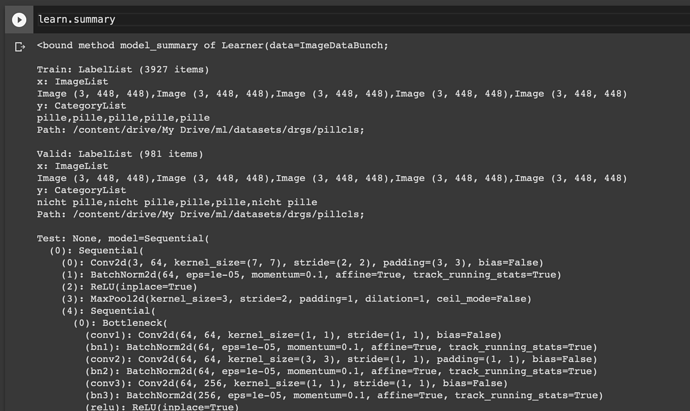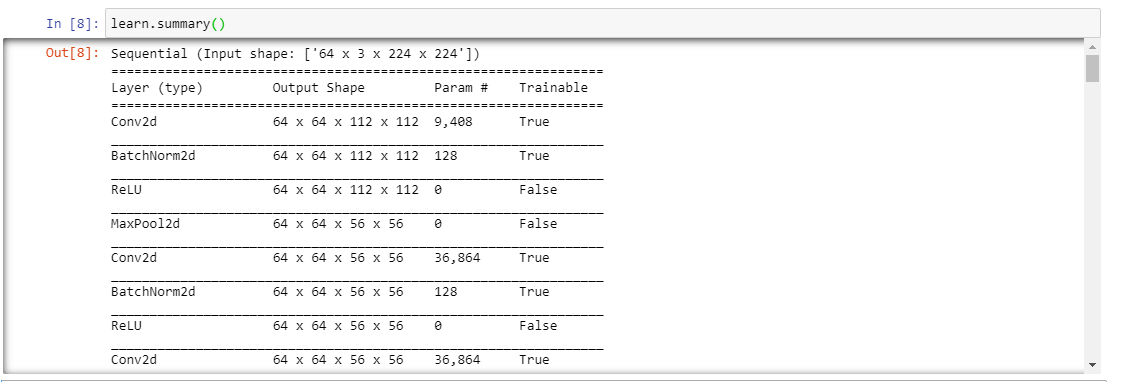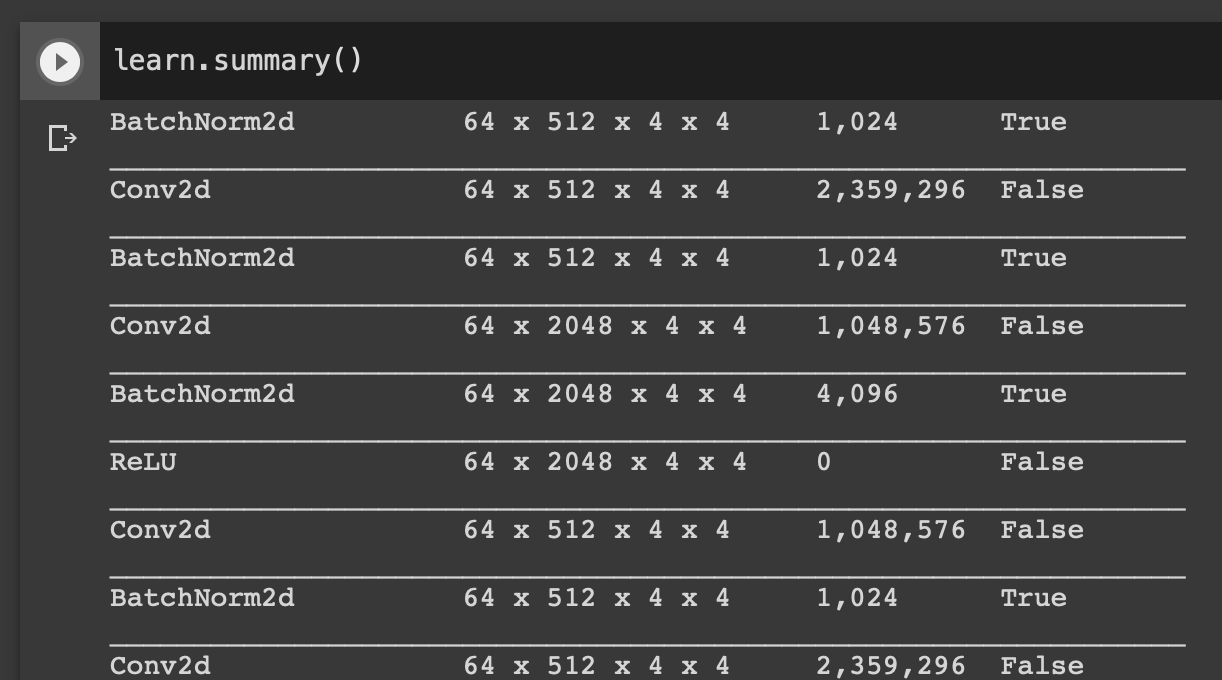The easiest way would be to append or prepend with ??. So ??fine_tune or fine_tune?? 
Ah, yes! and the key part missing was doc(Learner.fine_tune) otw. no return
Does doc() work in Colab? (I have not tested this, but I am curious ![]() )
)
It tells you what the function does but no code I think. There was some command that gave you a hyperlink (show_doc, …) do you know which one? And does that work on paper space?
This is in collab? Doesnt requirements.txt installl nbdev?
Yes it is! (and I think so, I Just did a manual fastai2 install to test it out)
Edit: nbdev is in it too
yes, it does! whoever, if you click on [source] this does not work
Right click + Open in new tab does though ![]() (Just now checked)
(Just now checked)
What about the upload widget? I had to do from ipywidgets import * but still getting an error when attempting to upload an image.
`
No, any ipywidget based stuff in Colab assume it won’t work and needs to be converted over to the Colab widget environment ![]() (atleast from the course perspective). You can still get it working though, I’d look at the Colab platform thread IIRC someone got it
(atleast from the course perspective). You can still get it working though, I’d look at the Colab platform thread IIRC someone got it
I am trying to get the “old” output of learn.summary:
fastai v1
With fastai2 I just get this output.
I am trying to find the right layer to set hooks so I need to see the id’s of the groups and layers. What am I doing wrong?!
EDIT: answered my own question …
its learn.model.summary now 
Florian
It’s a method, you need to execute it by adding ().
learn.summary()
I tested on the first example and it is pretty nice, thank for the tip
It is awesome
Do we have way to visualize and animate in Jupyter in order to understand better what is going on? Similar to what is described in the book? @sgugger
what I was looking for is learn.model.summary
learn.summary() gives a list view without the numbers of the layers.
Thanks 
Please remember to use Non-beginner for stuff that’s not covered in the lesson we’re discussing.
I have no idea what you’re talking about. We don’t have any animation method for visualizing the model/summary.
You can order from Amazon.com and ship to India. A 10$ extra charge seems to be applicable.
And I’ve ordered a bunch of OReily books here in India, usually we get a subsidized (black and white) copy, from a local partner publisher, at about 1/3rd of original price.
I don’t know anything about book logistics, sorry - that’s done by O’Reilly. There will be an ebook, however.
Just wondering if anyone has up to date information on the use of tmux with the latest version of Jupyter. I’m trying to understand the best approach to not lose training data and Jupyter output. I’m a complete novice with bash / tmux.
Say for example I ssh to a remote server and run Jupyter with --no-browser and then connect to that notebook from my local browser. I start training, and then shut down my local machine. How do I pick up where I left off…
Particularly thinking of the case where at some point I might want to leave something training for a few hours overnight on a remote server.





